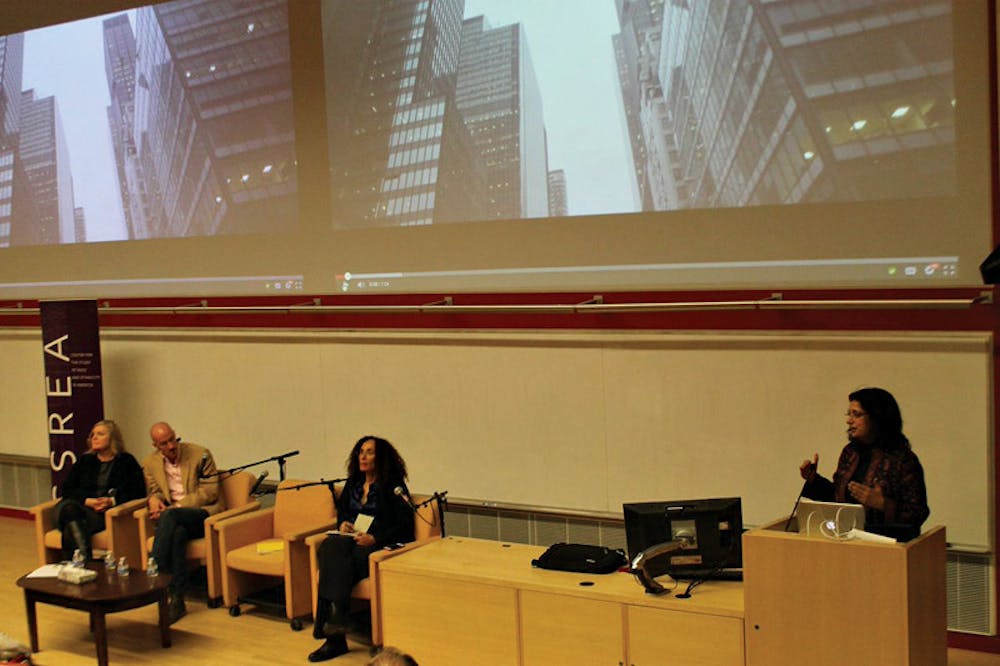“Our criminal justice system is a bias and a broken system,” said Chris Burbank, chief of police at the Salt Lake City Police Department, during a panel entitled “Police Profiling: Causes and Consequences” Tuesday evening.
About 40 community members gathered to hear three panelists speak about racial profiling, policing bias, incarceration, police brutality and surveillance.
The first panelist, Farhana Khera, president and executive director of Muslim Advocates, an organization that seeks to end religious and racial profiling, centered her discussion on the aftermath of Sept. 11. 9/11 triggered a law enforcement response that reshaped the nation, Khera said.
Since the attack, the Federal Bureau of Investigation has been spying on individuals based on their religious faith without any probable cause, she said. By 2005, the FBI had conducted about 500,000 “voluntary interviews” of Muslim individuals, “but not one of these interviews resulted in information that could prevent a terrorist attack,” she added.
“If the federal government is working this way, what does this signal to the state?” Khera asked.
Following Khera, the other two panelists shifted the focus of the talk to the relation between policing, incarceration and race.
Though crimes and drug abuse are present in every demographic, people of color are incarcerated at a much higher rate, Burbank said.
Not only are people of color more likely to be arrested, but they are also more likely to be killed by law enforcement — the likelihood for young black males is 21 times higher than that for their white peers, said Heather Thompson, professor of history and African American studies at Temple University.
This statistic stems from ideas about who is perceived as a criminal as well as realities of which neighborhoods are policed, she said.
Police are also expected to uphold racialized laws, Thompson said, citing the 10 to one disparity between crack and powder cocaine sentence laws as an example.
While incarceration in the U.S. remains high, reintegration into society after serving jail time poses difficulties. “We have no avenue for (people) to find their way out of the system,” Thompson said. Sixty-seven percent of those arrested return to jail after they are released, often for the same category of crime, he said. “This is not success.”
“So should every crime that occurs end up in incarceration?” Burbank asked the audience. He responded to his own question by noting that more options for rehabiliatory programs and treatment would target underlying reasons for the crimes. From an economic standpoint, high incarceration is not a sound solution when 25 individuals cost the state of Utah $1 million, he added.
Joey Massa ’17, called the panel “great” because it explored the question of whether incarceration accomplishes what it should. The important follow-up question “is not what we can do, but what we should do,” Massa said, reiterating Burbank’s words.
The panel was presented by the Center for the Study of Race and Ethnicity and co-sponsored by the Taubman Center for Public Policy and the Watson Institute for International Studies.





